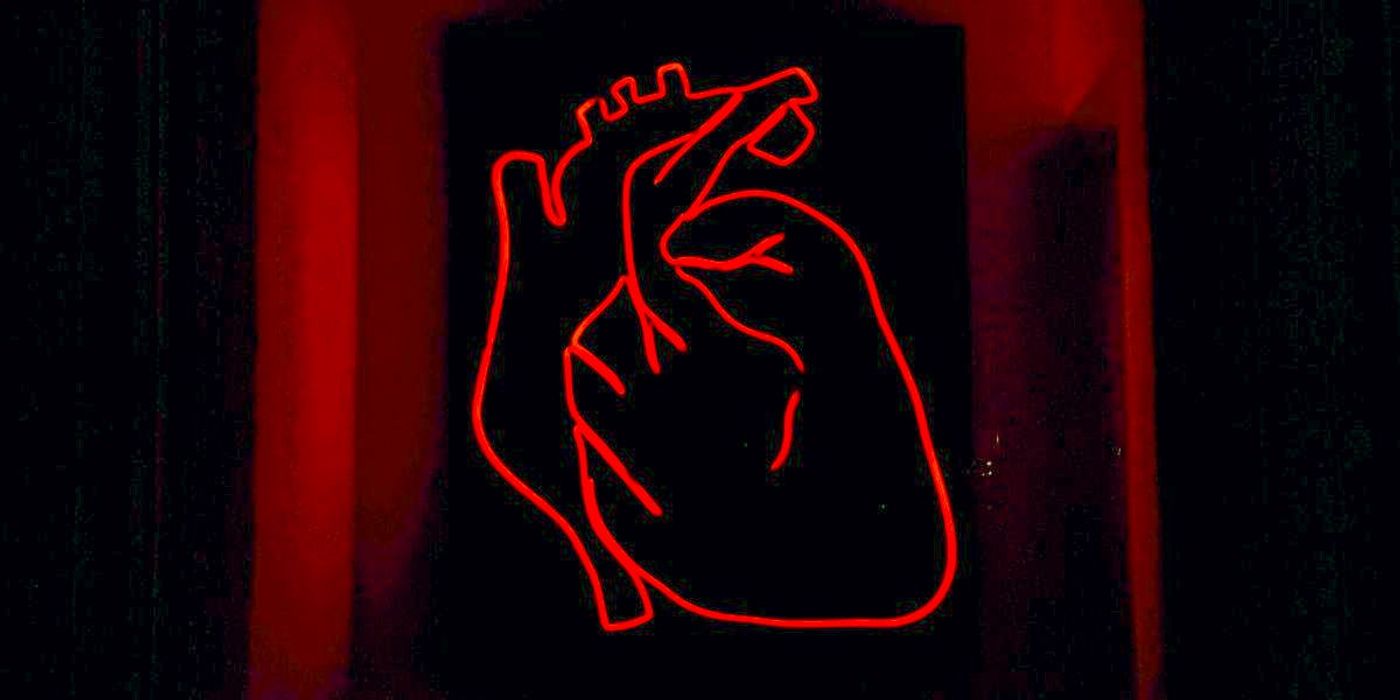Cardiac Patch Repairs Heart Attack Damage in Pigs and Rats
Heart attacks significantly damage cardiac tissue. Recovery time frames from a heart attack thus depend on the extent to which they damage cardiac tissue, as well as the availability and efficacy of any aids capable of accelerating the process. Now, researchers from North Carolina State University have developed a cardiac patch that is both effective in animal models, and that overcomes many of the dangers of other approaches.
Although cardiac patches already exist as a treatment for heart attack-caused tissue damage, current options are fragile, costly and time-consuming to prepare. Moreover, as they make use of live cellular material, they also carry a heightened risk of inducing tumor formation and arrhythmia.
“We have developed an artificial cardiac patch that can potentially solve the problems associated with using live cells, yet still deliver effective cell therapy to the site of injury,” says author of the study, Ke Cheng.
The cardiac patch designed by the researchers consists of a scaffolding matrix made out of decellularized pig heart tissue. Biodegradable synthetic cardiac stromal cells with repair factors derived from real cardiac stromal cells are also embedded in the matrix. The patch’s design means that it is able to mimic cells that normally secrete therapeutics that repair heart tissue.
Trials thus far have been successful. When experimenting with the patch on rats following an induced heart attack, the researchers found that it was able to improve their cardiac function by around 50% within three weeks in comparison to a control group not receiving treatment. They also noted that scarring was reduced by roughly 30%. Meanwhile, results from a pig model found that the patch was able to reduce scarring by 30% while stabilizing heart function compared to those who were left untreated.
Further experiments also showed that the patches can still be used after having been frozen for at least a month. Cheng says, “The patch can be frozen and safely stored for at least 30 days, and since there are no live cells involved, it will not trigger a patient's immune system to reject it...It is a first step toward a truly off-the-shelf solution to cardiac patch therapy."
Sources: Science Daily, Interesting Engineering









